There’s a lot going on under our feet that we don’t really think about. When was the last time you thought about the processes going on in your soil and the organisms that live there?
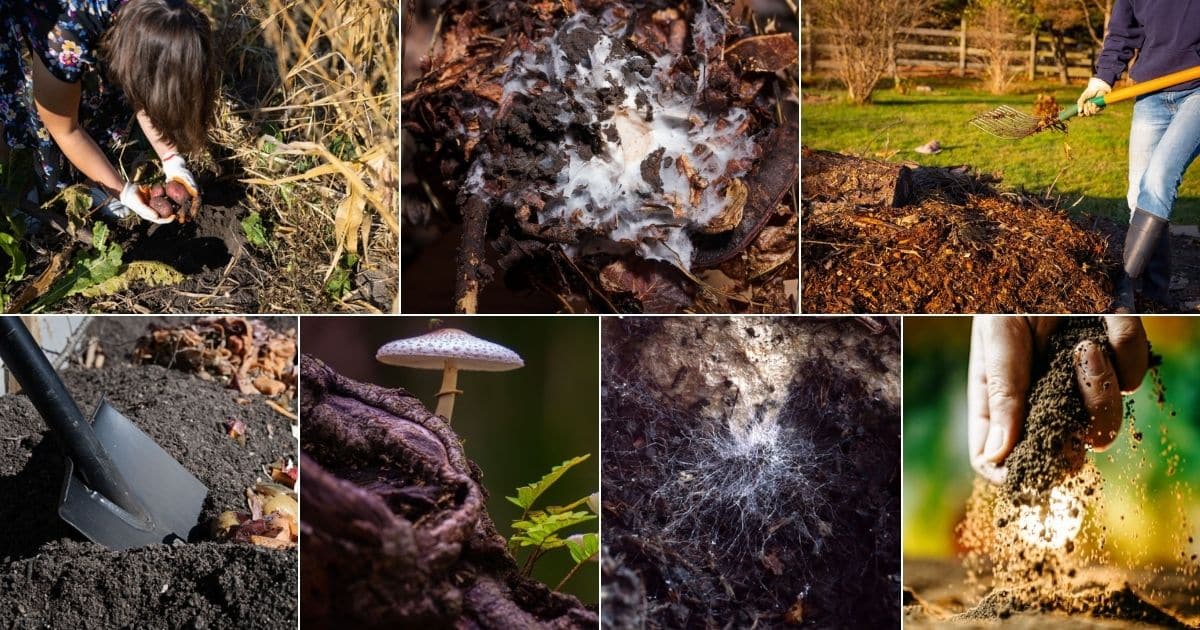
Okay, if you’re a die-hard gardener, you probably think about this sort of thing a lot. But if you’re new to this, it’s perfectly fine.
I didn’t give a lot of thought to the soil until after I graduated college and I started working as a municipal horticulturist. It was winter, and things were slow, so I was reading some gardening magazines in the greenhouse when I ran across an article about the ecosystems in the soil and how they all interact. I found it fascinating.
As a result, I started looking at soil in a different light – as a living world, a world that I could nurture and feed. By taking care of the soil my plants lived in, I could take better care of my plants as well.
Mycorrhizae is a huge part of this busy, underground world and plays a great role in improving the health and vigor of your plants.
Jump to:
- What on Earth is Mycorrhizae Fungi, Anyway?
- Fungus and Roots in Partnership? How’s That Work?
- Types of Mycorrhizae
- The Plants that Won’t Work with Fungus
- Benefits of Mycorrhizae in Gardening
- How to Introduce Mycorrhizae to Your Garden Soil
- Inoculating Your Soil with Native Mycorrhizae Fungi
- Can I Inoculate Established Plants with Mycorrhizal Fungi?
- Cultivating and Keeping Mycorrhizae in the Garden
What on Earth is Mycorrhizae Fungi, Anyway?
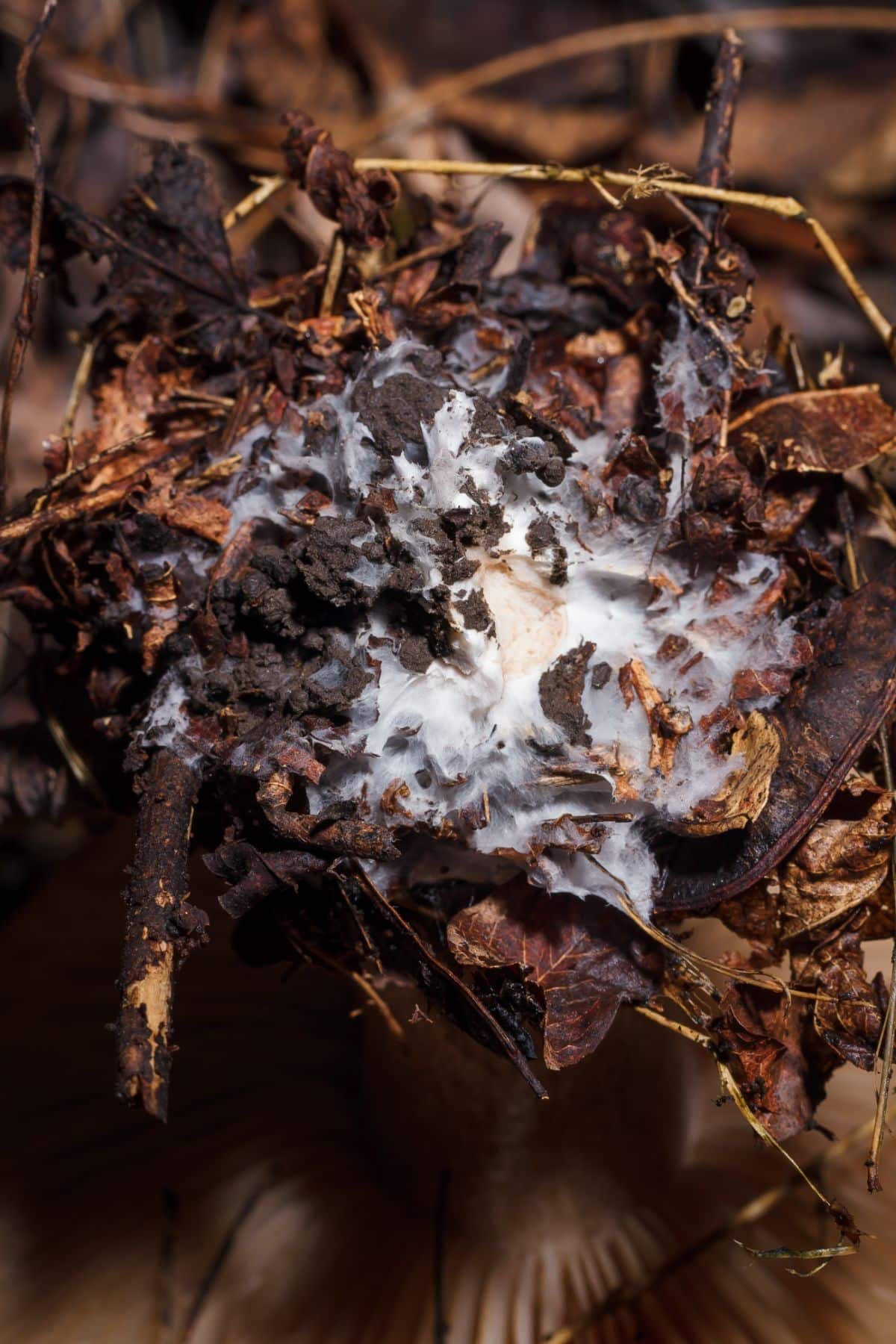
Technically, mycorrhiza is not a type of fungi. Mycorrhiza is a beneficial relationship created between the roots of a host plant and a fungus – a mutualistic relationship in which both parties benefit.
How does this work? Well, let’s start with a fun fact: Mushrooms are just the fruiting bodies of fungus. The actual fungus lives entirely in the soil, spreading out tiny white threads called hyphae. If that sounds weird, then think of it in this way: If an apple tree were in fungus form, the apples would pop up on the surface of the soil – while the rest of the tree lived entirely underground!
Fungus and Roots in Partnership? How’s That Work?
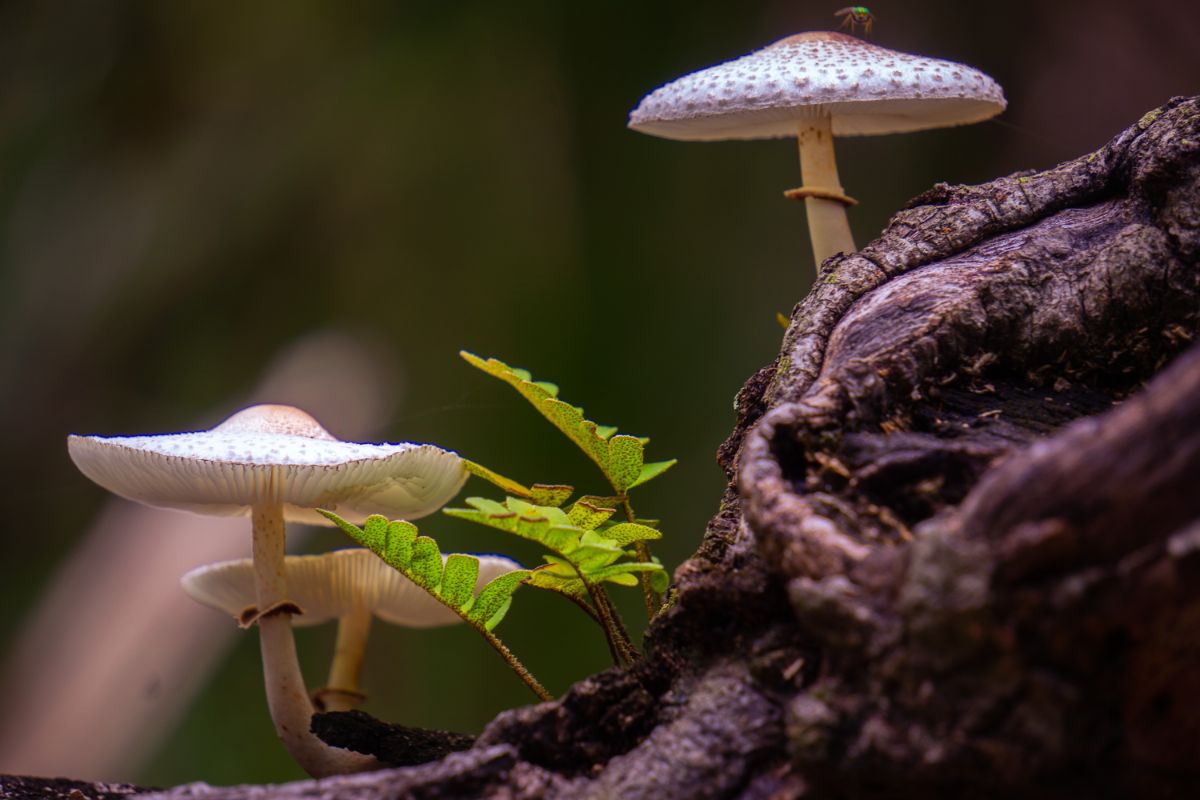
So, a fungus is busy growing underground when it “smells” something tasty and grows toward it. What do you know, it’s some plant roots that are secreting exudates, which include sugars, fatty acids, enzymes, and hormones – to lure the fungus over. Jackpot!
The fungus takes up residence there. Some fungi will live inside the root tissues (endomycorrhizas). Some fungus will live just outside the cell walls of the roots (ectomycorrhizas).
Once the fungus gets settled in with its plant root buddy, it will send out microscopic threads called hyphae to absorb nutrients and water. These threads travel far out into the soil – 200 times farther than the roots they live in!
Mycorrhizae is a top-tier root extender for plants. That’s why the fungus is able to give the plant water and nutrients that its roots can’t access. In return, the plant provides sugars and carbon to the fungus, which the fungus can’t make on its own.
This type of beneficial partnership has been going on for about 400 to 500 million years now, possibly as long as plants have been growing in soil.
They are a great way to improve the soil. Soil building is an important part of gardening and should never be overlooked.
Types of Mycorrhizae
There are several thousand known species of fungi that can enter into this kind of relationship with plants, and they can be divided into two groups: ectomycorrhizas and endomycorrhizas.
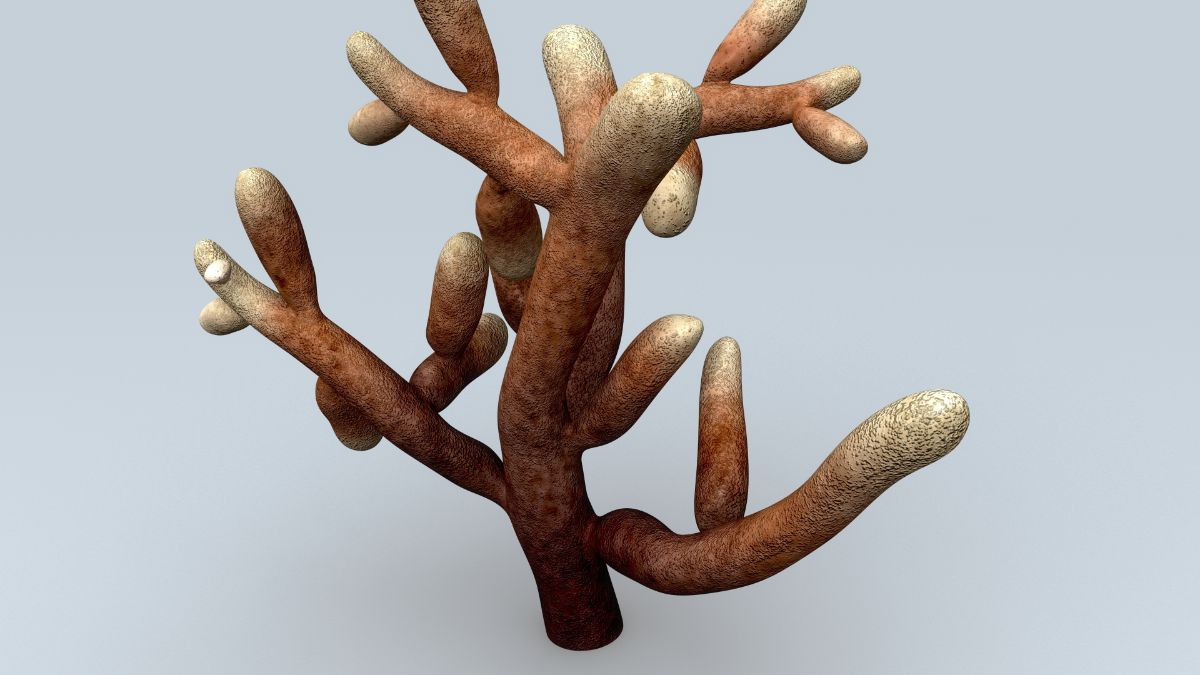
Ectomycorrhiza – These live on the outside of plant roots, making the roots look like they’re wearing weird socks. These fungi will show visible fruiting bodies, i.e., mushrooms.
Arbuscular mycorrhiza (Endomycorrhiza) – These will not show visible fruiting bodies. These penetrate the roots’ cortial cells, where they live and reproduce.
There are also super-specialized mycorrhizae, such as those that grow with orchids.
Some mycorrhizae are particular about the plants they work with. Scleroderma citrinum is a fungus species that forms relationships with tree roots but not herbaceous plants.
The Plants that Won’t Work with Fungus
Some plants are unable to form mycorrhizal associations, mainly those from these plant families:
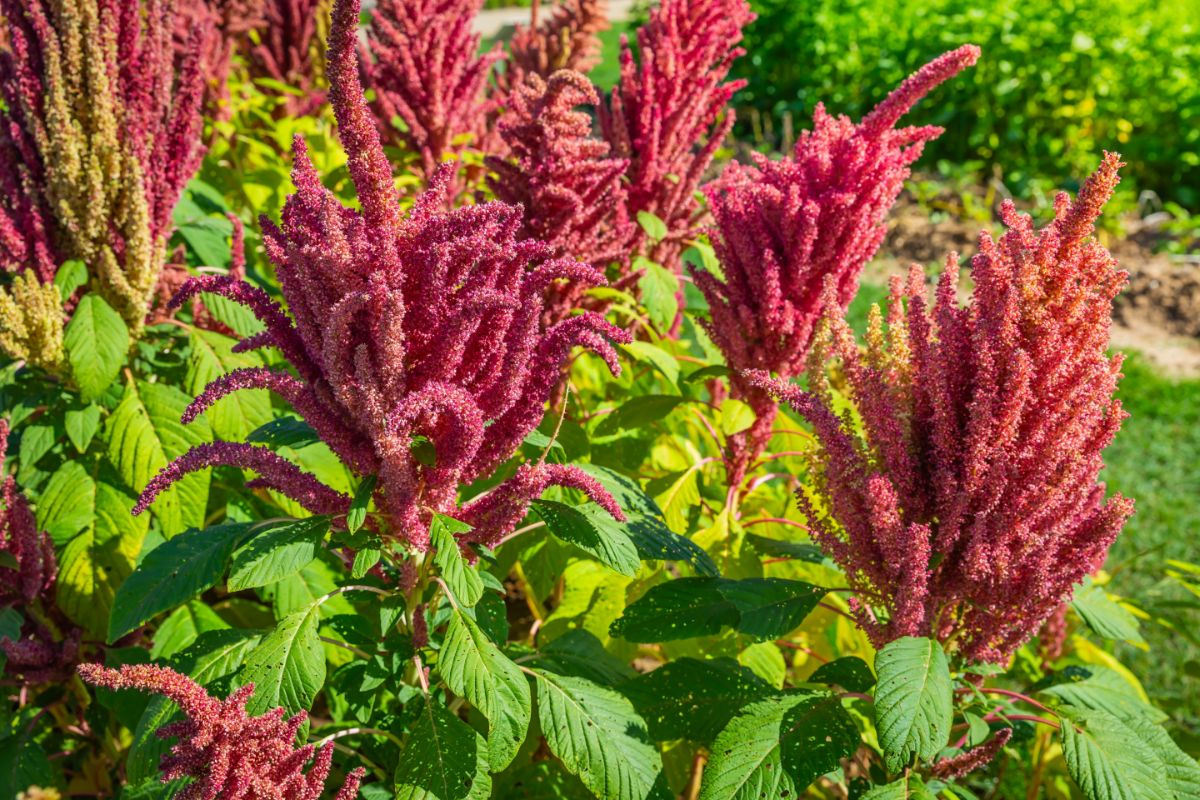
Amaranth family (Amaranthaceae) – spinach, beet, chard, amaranth, lamb’s quarters, quinoa
Cabbage family (Brassicaceae) – broccoli, choy sum, cauliflower, radish, bok choy, Brussels sprouts, collard greens, cabbages, horseradish, turnip, arugula
Heath family (Ericaceae) – blueberries, huckleberries, azaleas, rhododendrons, cranberries
Carnation family (Caryophyllaceae) – carnations, pinks, chickweed, baby’s breath, silene
So, if you’re growing any crops in those four families, skip adding mycorrhizae to them.
Benefits of Mycorrhizae in Gardening
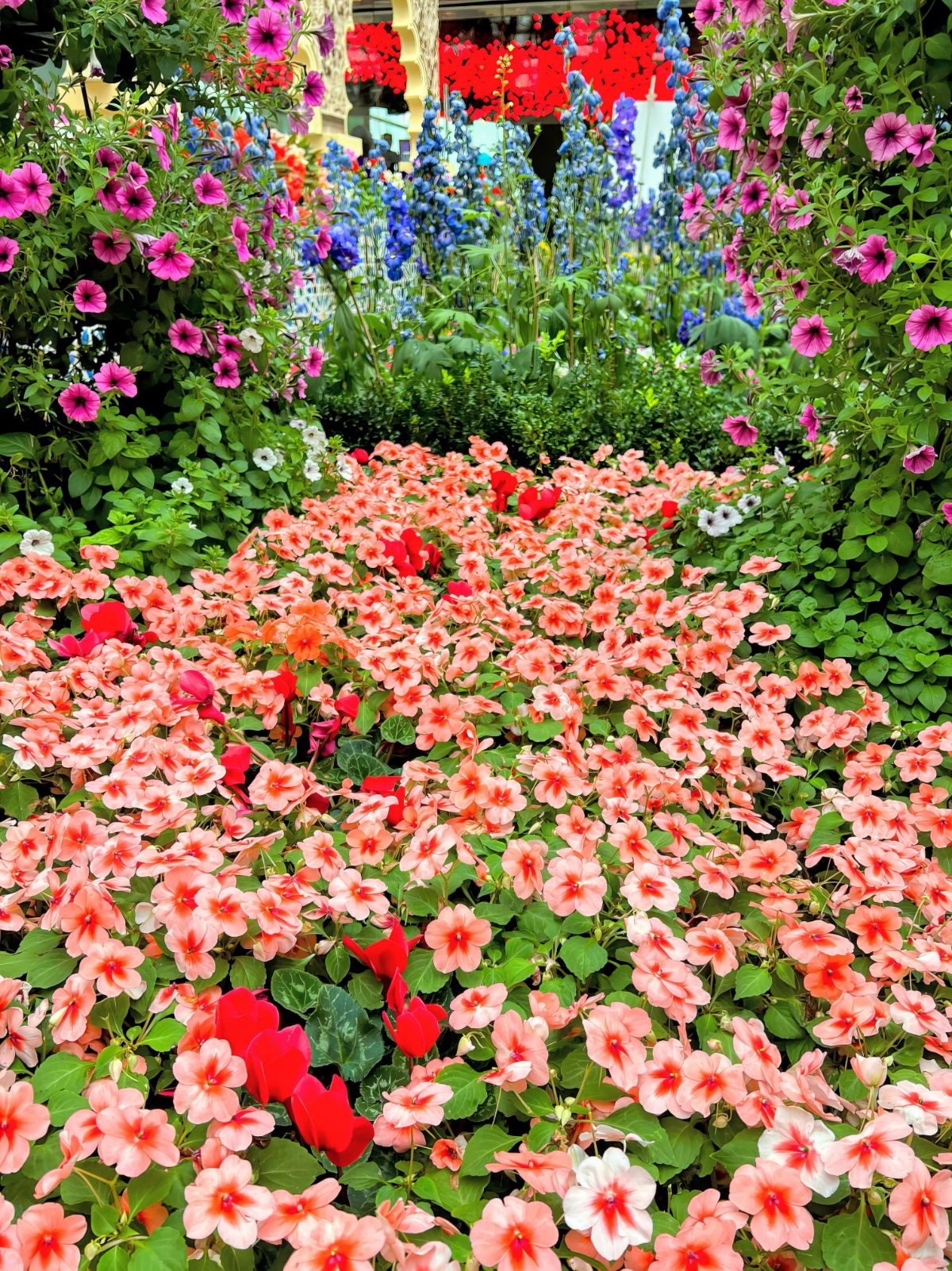
Plants, naturally, are stuck where they’re planted. If plants are trying to grow in lousy soil, they’re not going to get enough nutrition, and they’ll sit there and look miserable. Mycorrhizae fungi can help them grow.
- Mycorrhizae will improve nutrient absorption.
- Mycorrhizae fungi can improve soil structure and aeration
- Helps plants withstand disease
- Increases resistance to root pathogens
- Increased salt tolerance
- Decreases weeds around the plants
- Allows plants to be drought-resistant
- Enhance water absorption
- Pathogen suppression – like with the endophytic grasses.
- Enhanced plant growth and overall health. Plants with mycorrhizal connections can grow 4 to 5 times more than plants that don’t have them.
How to Introduce Mycorrhizae to Your Garden Soil
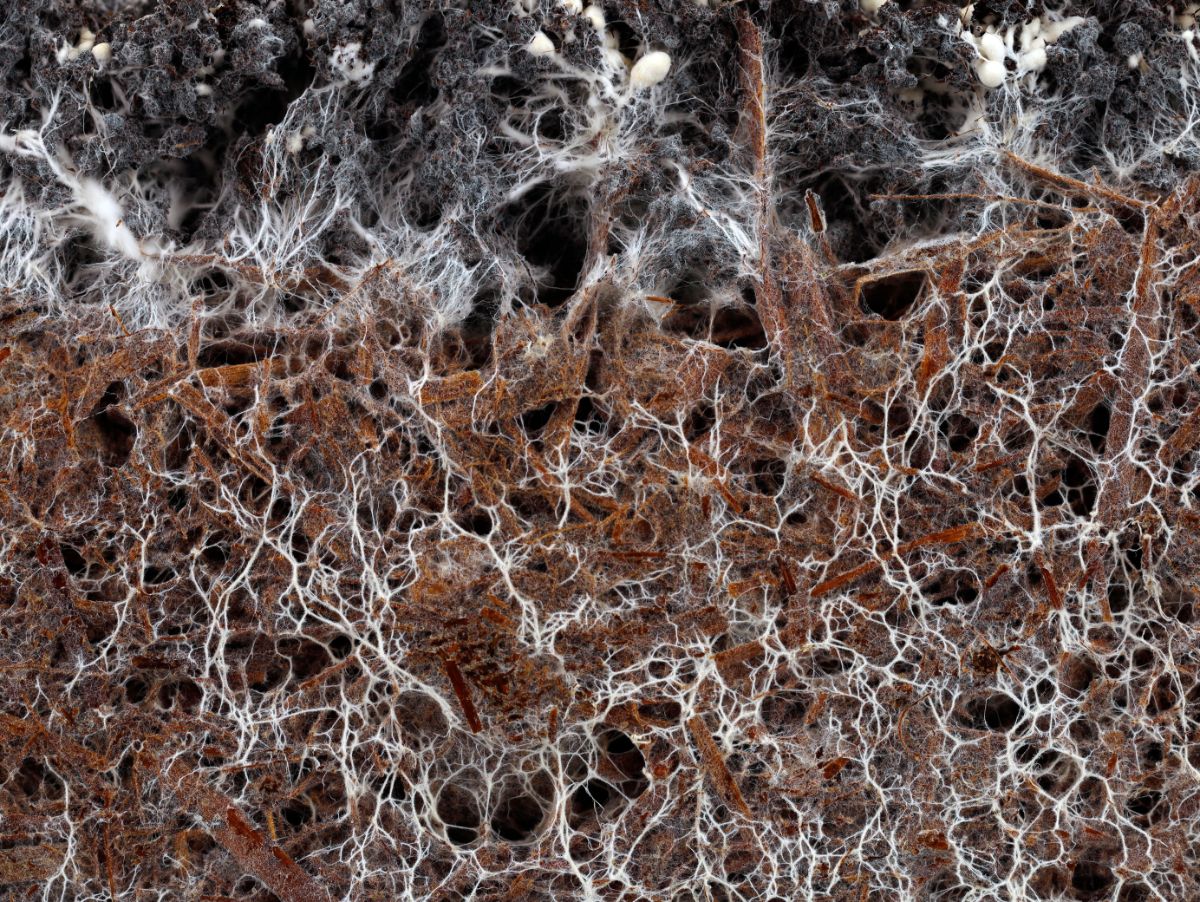
In nature, mycorrhizae can take a long time to colonize plant roots – often several seasons. However, by inoculating your plantings with the right kinds of fungal spores, or even using compost inoculation, can speed the process up very nicely.
It’s important to make sure you have the right mycorrhizal applicants for the right plants. Some of the products out there are generalists, covering a wide variety of plants, but some are symbiotic with only a few.
Many mycorrhizal products have a variety of fungus species to inoculate the soil. You can sprinkle it on like a powder when sowing seeds. Others require you to dip a plant’s roots into it before you plant it or water it in. There are different products, and you can use them while transplanting or to inoculate a flower bed before you plant it.
The mycorrhizal inoculant needs to contact the plant roots to work. Sprinkle it onto the roots before you put the plant in the ground, or add it to the planting hole where the roots will touch it. If you’re inoculating seeds, simply mix the powder with the seeds before sowing.
You can add inoculant to sod. Turn the sod upside-down and spray the inoculant on the roots, then flip it back (green side up!) and lay it where it’s supposed to go. It’s also fine to spray the soil where the next sod piece is supposed to go and immediately add it. If the soil dries out before the sod is applied, the inoculant will be no good.
Soils in which you’ve added inoculated plants will improve year after year if you keep adding compost and organic mulch and if you don’t till or dig the garden.
Inoculating Your Soil with Native Mycorrhizae Fungi
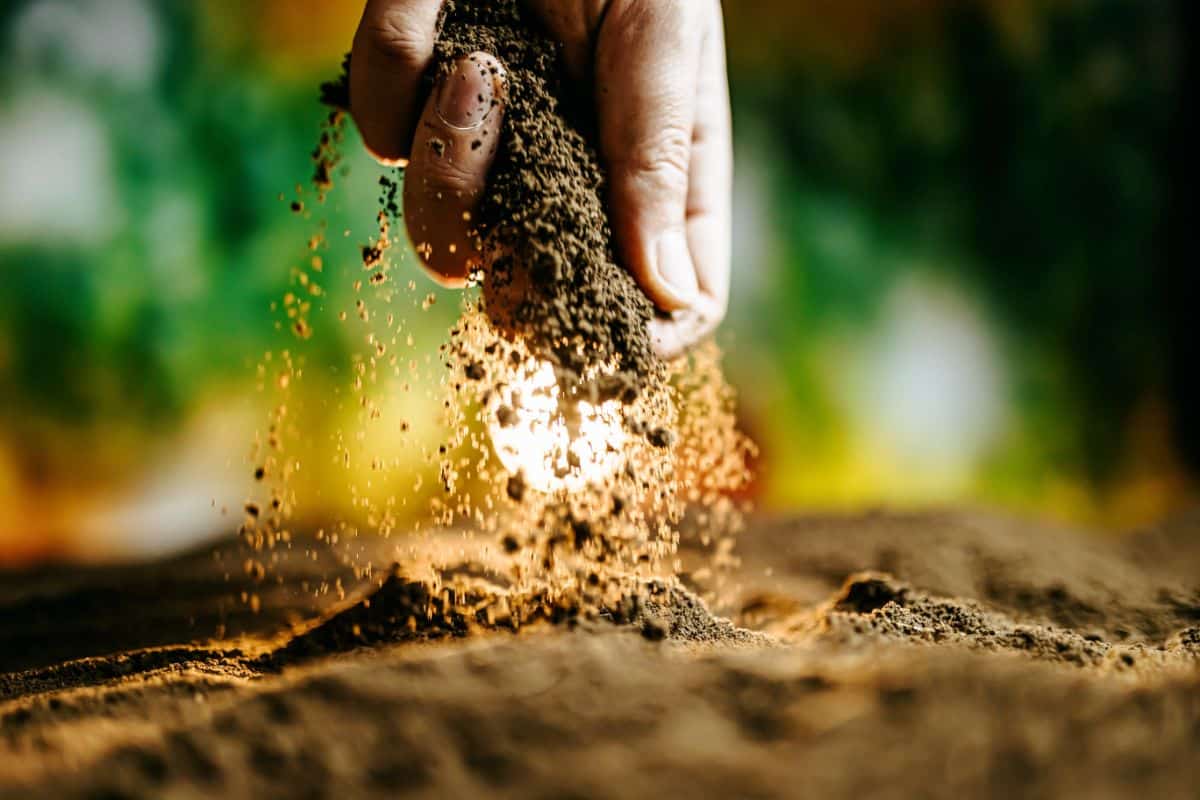
If you’re not sure what kind of mycorrhizae will work best in your soil, then go for the native species. Go to a local wild area – forests, prairies, and other places where there are no developments. Collect small samples of forest soils with good mycelium. Look for fungal threads – they look like you’ve pulled a cotton ball apart.
Then add that to a woody compost pile – that is, one full of sawdust and wood shavings. Better yet, if you have a rotten tree stump full of wood bits and wood dust, mix them in there.
Let this compost break down into good soil – which can take a while. Then add this to your soil and to plants you’re adding to the garden to give your soil a good start on the local mycorrhizae population.
Instead of composting, you can grow your own inoculant! Throw a scoop or two of well-composted leaves from the forest floor into a bucket of water. Add a boiled potato (mashed). Stir and let it sit for a day or two, then use this as an inoculant on your plants. The potato acts as a food source for the fungus and bacteria.
Another way is to go to a local forest or wild area and find a place with great soil, usually under an old tree. Plant a tree seed there, like an acorn, and start a small tree.
Once the tree has grown for several months or about a year, carefully dig it up with a little of the soil around it and plant it in your garden near some new plants you want to inoculate with the fungus. Mulch the new seedling and keep the soil moist to match the soil of the original forest so it doesn’t dry out – that’s the kiss of death for fungus inoculant.
Experiment with bringing in mycorrhizae inoculant from your area. Mycorrhizae can regenerate from smaller pieces, or from roots that it’s colonized, or simply germinate from spores scattered through the soil or leafmold you use as inoculant.
Can I Inoculate Established Plants with Mycorrhizal Fungi?
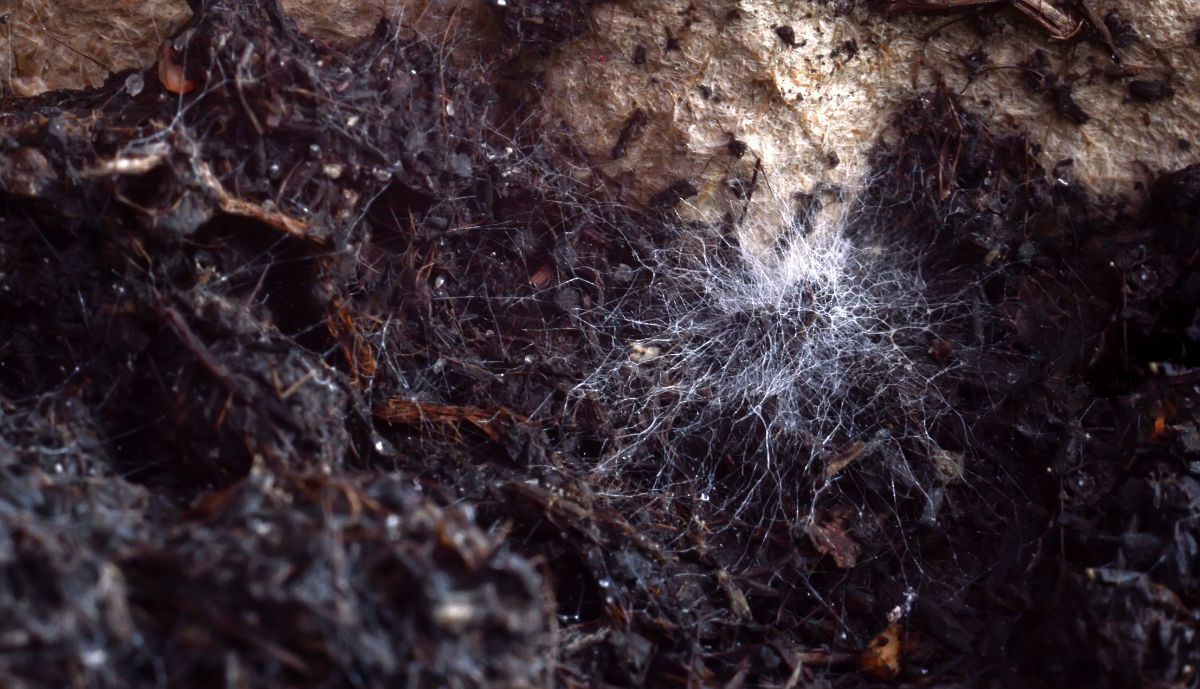
Well, yes, you can do this any old time. But will it work? Now, that depends on several factors.
If the plant already has an established mycorrhizal network, you’re not going to be able to swap it out with a different set of mycorrhizal fungi. The original fungi are already embedded in the epidermal root tissue of the mature plant and is interacting with other microbes in the plant. When some new fungi come nosing around, a watchdog called plant-growth-promoting rhizobacteria (PGPR) will chase it off.
That doesn’t mean you can’t try inoculating your mature plant. After all, you can’t exactly look at a plant and say, “Wow, that tree has a great-looking mycorrhizal network!” You simply don’t know what is going on under the soil. For all you know, maybe the mature plant does need a little mycorrhizal fungi.
So, if you happen to have some mycorrhizal fungi left over from other endeavors, go ahead and water it into the ground around your established plant. If your mature plant picks up a few mycorrhizal fungi from this application and perks up, then you can consider it a win. If nothing happens, well, no harm done. It never hurts to try.
Cultivating and Keeping Mycorrhizae in the Garden
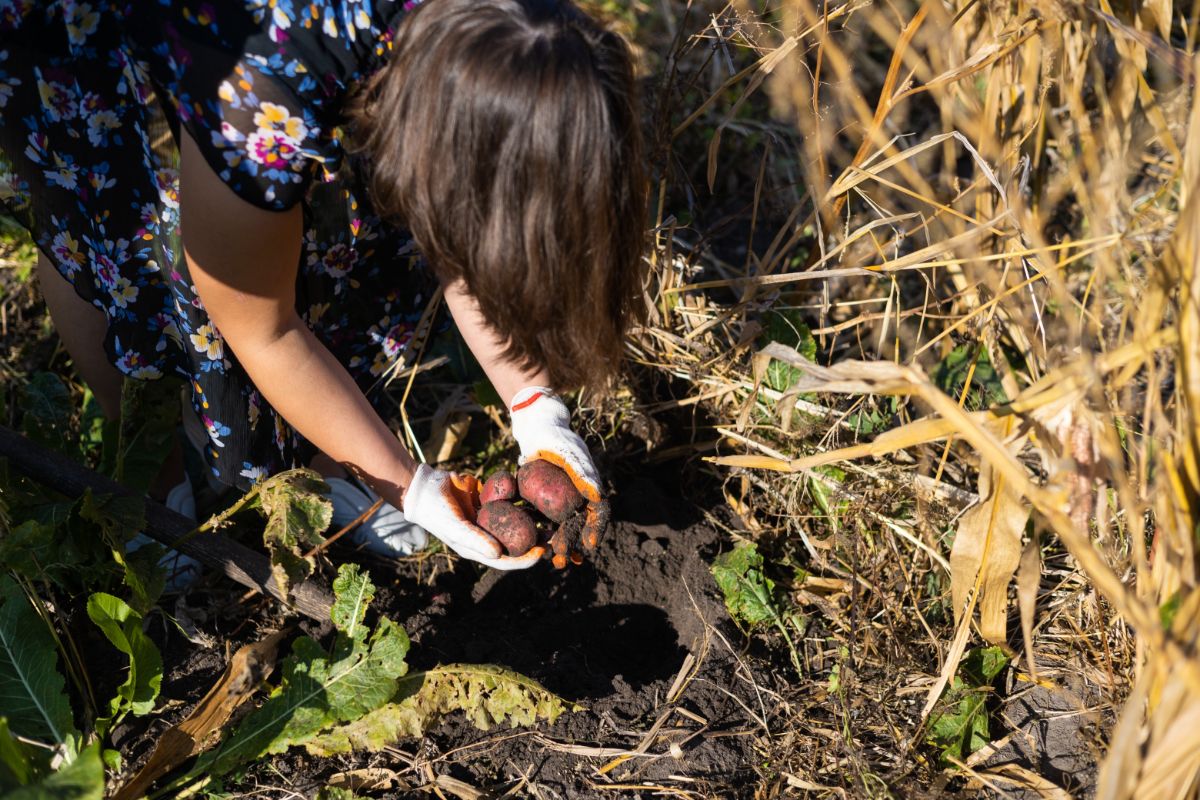
Once you’ve added your mycorrhizae to the garden, you’ll probably want to keep it growing! Here are three tips to make your garden a mycorrhizal-friendly environment.
Reduce or stop synthetic fertilizer usage. Adding high levels of synthetic fertilizers, especially those with lots of nitrogen or phosphorus, can actually slow the work of the mycorrhizal fungi. It can prevent fungi from seeking out plant roots – and plants rely less on fungi to acquire nutrients.
Well, if the plant is getting enough nutrients to not need the fungi, that’s not a bad thing, right? Not so fast. If your area goes through a hard drought, and the mycorrhizae isn’t there to support your plants, they’re going to struggle. Perhaps they get hit by blight or invaded by insect pests. Plants need that network and that extra support in tough times. They’re really no different than humans in that regard.
Gardening organically, or mostly organically, can be hard because sometimes you don’t get that instant gratification you get when you use synthetic fertilizers or herbicides. However, as you probably already know, gardening isn’t about getting instant results. It’s about creating a system in your garden where all aspects of life are supported – plants, soil, insects, birds, wildlife, humans – so all can be healthy and happy.
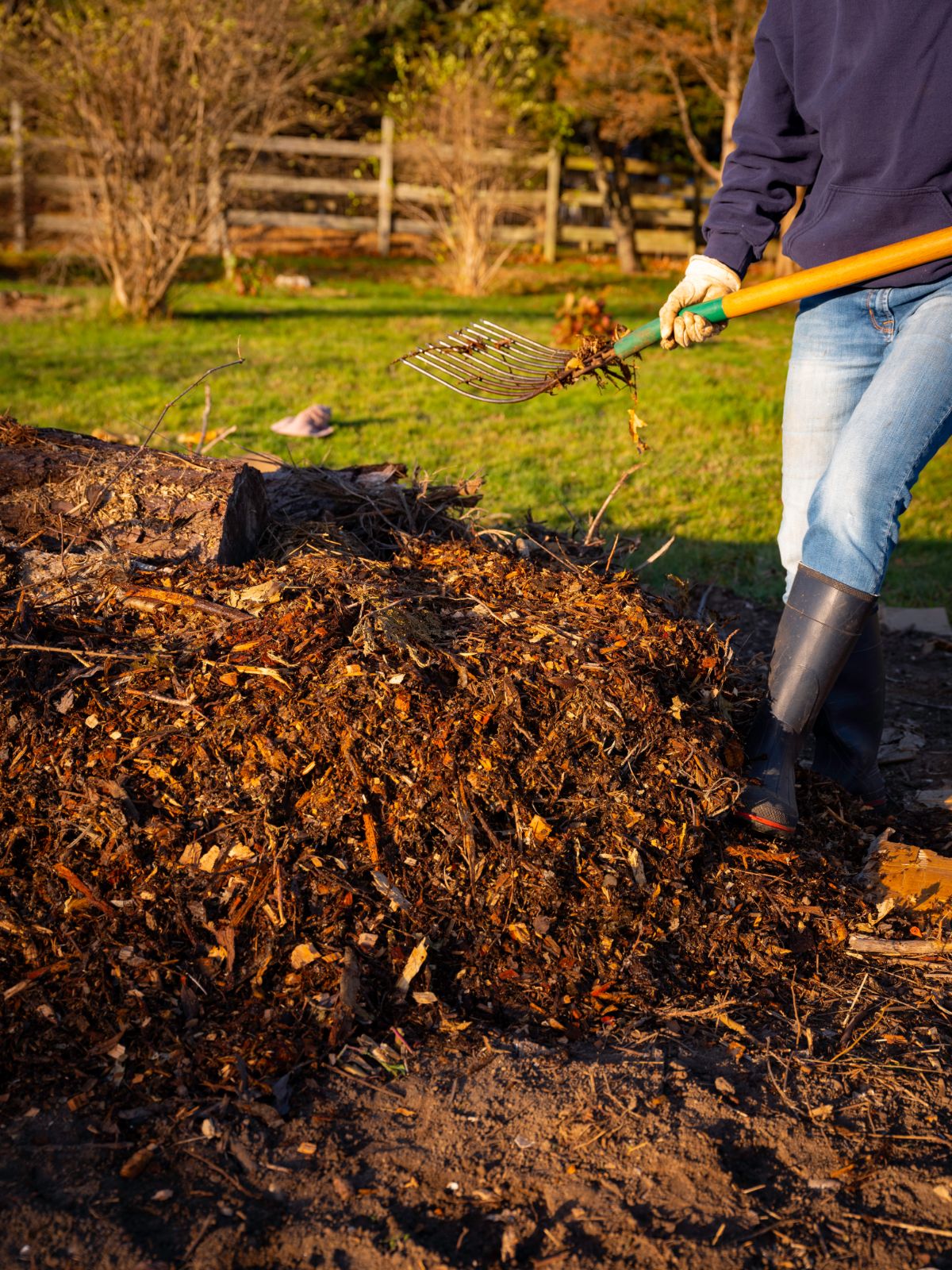
Move to no-till gardening. Mycorrhizae is like a huge network of spiderwebs in your soil. Excessive digging and tilling is like breaking through every one of those delicate webs. Though mycorrhizal fungi can live at many different soil depths, it’s usually found in the top 4 to 8 inches of the soil, right where your tiller is running.
A six-year study found that mycorrhizae in a no-till farming system was at twice the levels of one that used the plow.
Take time to learn about no-dig gardening techniques. Instead of tilling, add a layer of compost to the soil every year and plant in that.
By going no-till, you are preserving the network of mycorrhizal fungi in your soil, and you’re also increasing the earthworm population! Worms aerate the soil and break down nutrients in a chelated form that’s super-easy for the plants to absorb. If you think worm castings are valuable, try having living worms in your soil, making all the worm castings your plants want.

Pile on the soil’s organic matter. Add compost and mulch liberally. Of course, compost will keep adding valuable humus to the soil, but mulch also helps add humus, along with many other things:
- Mulch keeps the sun from baking the soil.
- It keeps the winter wind from drying it out.
- Mulch protects the roots and creatures that live under the soil.
- A good layer of mulch holds water and reduces erosion.
- It adds organic material to the soil.
Both mulch and compost will feed the mycorrhizae and the roots that they live on, as well as the soil biomass.
Adding mycorrhizae inoculum any time you plant something new is an easy way to boost your soil and increase yields. Be sure to experiment with native mycorrhizae to get the full benefit of local strains.
Naturally, results may vary from year to year, depending on climate and other factors, but overall, helping create this partnership between your plants and the fungus will result in significant gains for your garden and for all those that live there.

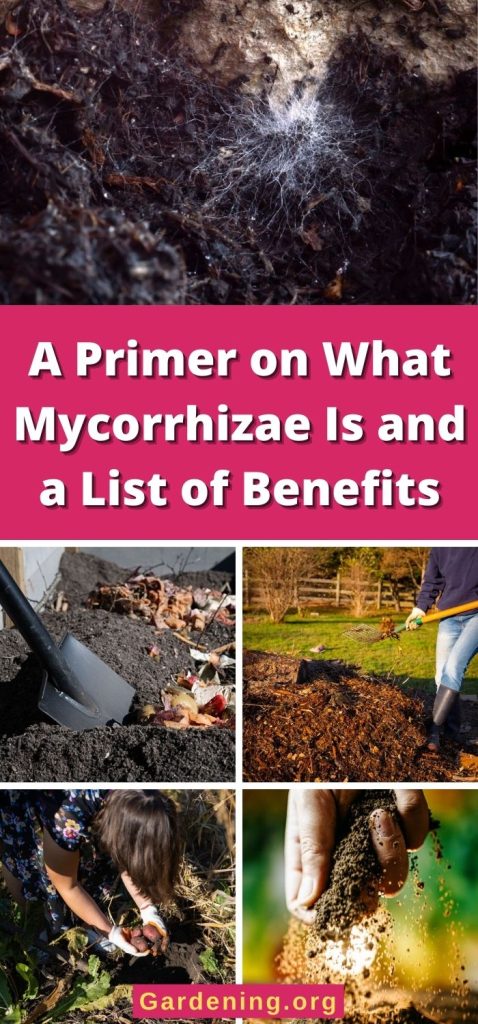

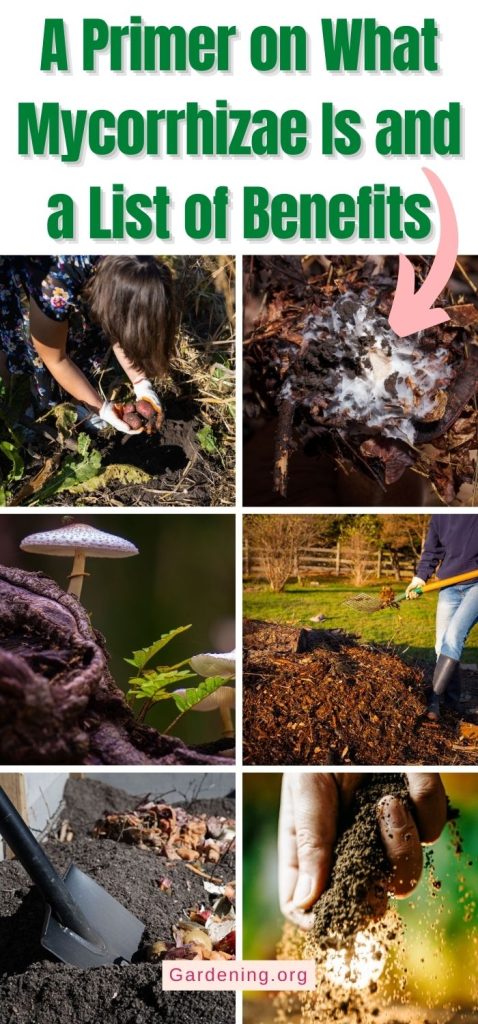
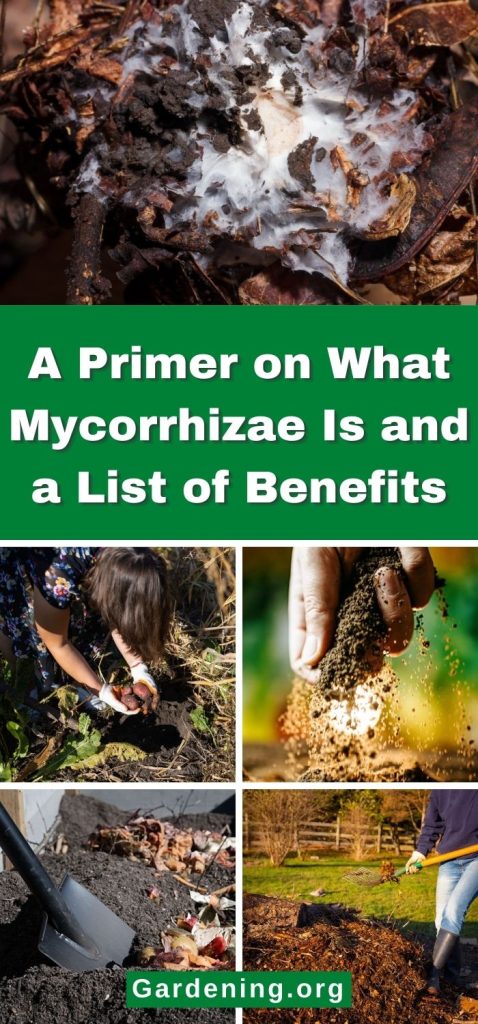




Dan
I will say that there cam be harm by spreading about microbes..
For instance, when trying to add soil to your existing plants, you may be unknowingly spreading honey mushroom fungi, which is pathogenic (tho natural and ecologically important). So it could potentially "hurt" to arbitrarily try things.